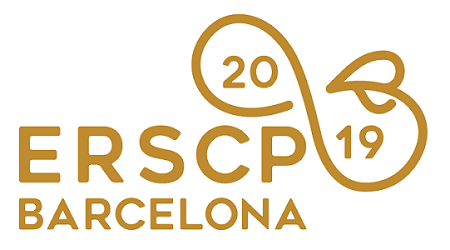Papers Proceedings »
Consumption in the circular economy: expected consumer behaviours and activities
During high-level economic events such as the World Economic Forum, various businesses endorsing the circular economy are recognised and praised for their potential contribution to a successful transition. However, a quick screening of their value propositions reveals that these companies require customers to engage in specific behaviours and activities to realise these solutions’ circularity in practice. For example, a company developing a reusable cup or designing furniture for leasing needs the consumer to reuse that cup or engage in leasing their next sofa. Nonetheless, in the absence of the right incentives and conditions, such behaviours are not likely to happen. Despite the importance of involving consumers in achieving circularity, there is a limited amount of literature addressing this issue (Kirchherr et al., 2017). Most of the existing studies on the circular economy aim at identifying strategies and business models that companies and other stakeholders should implement to become circular. For example, in the fashion and textile sector companies should implement design strategies that enable product longevity, and business models that allow for clothes to be returned (Ellen MacArthur Foundation, 2017). However, little guidance is offered on what is needed from customers and how such behaviours and activities could be encouraged (Wastling et al., 2018).
To contribute to the literature and improve in understanding of such an issue, this study suggests a set of behaviours and activities that should be performed by customers of circular offerings to realise their circular potential. To help in identifying such behaviours and activities, a definition of circular consumption is put forward which uses an extended explanation of consumption (Evans, 2018) in combination with one of the most recent descriptions of the circular economy (Kirchherr et al., 2017). To complement this approach, an empirical study is proposed to analyse the value propositions of companies implementing these offerings to identify customer behaviours and activities required for closing the loop. Building on work by Daae, Chamberlin and Boks (2019) we select different types of companies and value propositions to ensure we have input from different sizes, sectors and offerings. Data collected includes the offering description available in the company’s documentation as well as interviews with product managers, when possible. Qualitative Comparative Analysis is used to explore different cases. From this analysis, we expect to contribute to the literature on the circular economy by clarifying which behaviours and activities are needed from consumers. This information should be the departing point for designers and product developers to create and adjust interventions that assist customers in engaging with the circular economy. Such interventions range from product or service design, to infrastructure development and communication strategies.
